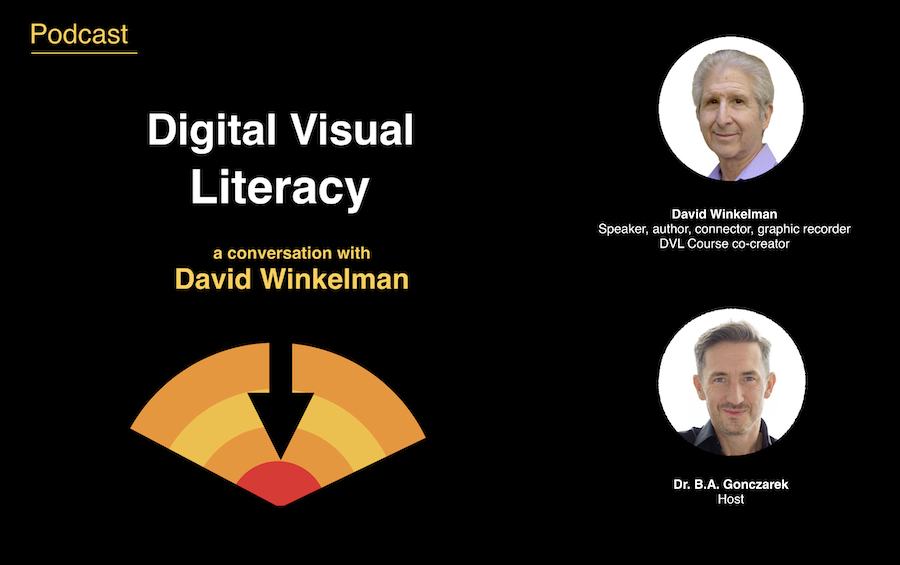A conversation with David Winkelman about, what we call “Digital Visual Literacy” — the skill of supporting conversation and remote calls with visuals to enable people to work more productively together.
Continue ReadingThe science of visual storytelling
The science behind how we learn. A conversation with Reshan Richards, educator, writer and co-founder of Explain Everything whiteboard.
Continue Reading
